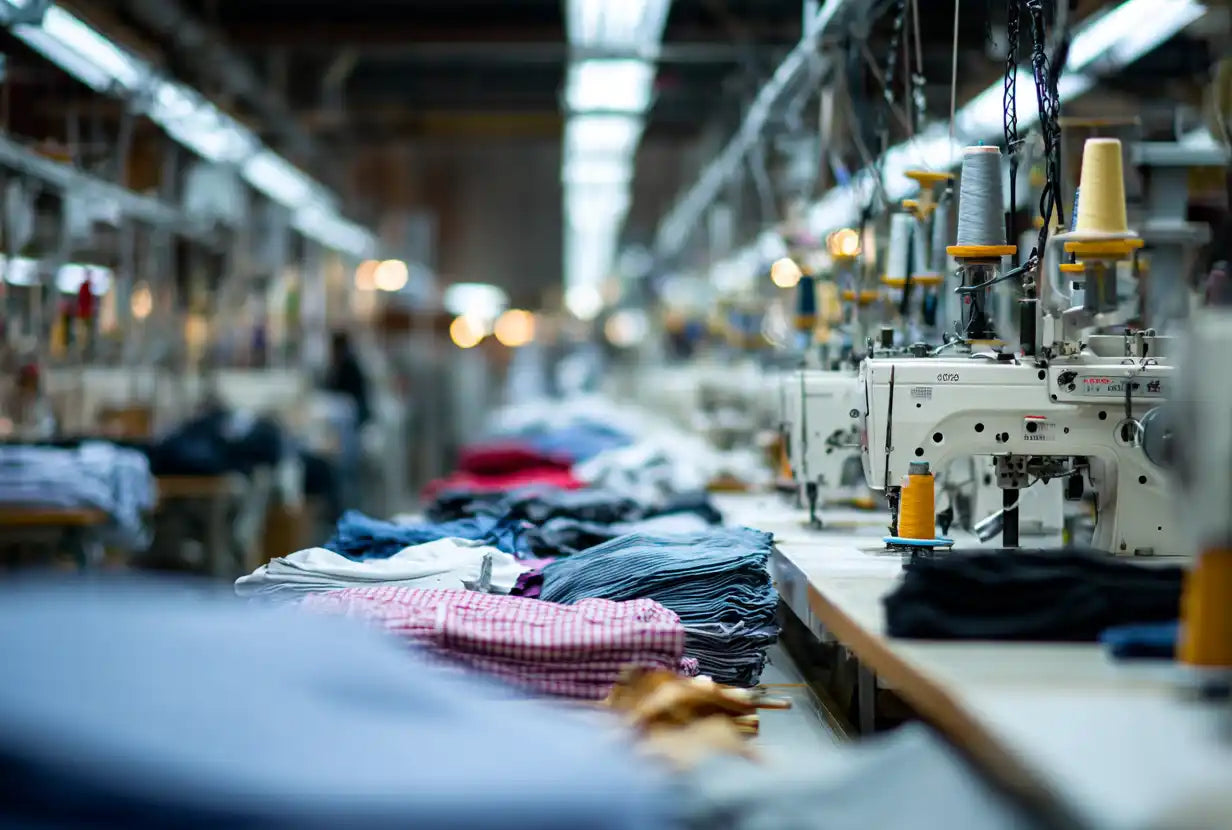Vintage / Washed Hoodie: Custom Manufacturing Guide in Portugal
Why Portugal is the top pick for premium vintage-washed hoodies
Vintage and washed hoodies combine comfort, crafted texture, and distinct streetwear appeal. This guide walks apparel teams through fabrics, washes, costs, and production workflow — with a focus on manufacturing in Portugal, where sustainability, craftsmanship, and speed-to-market make it an ideal production hub.

Introduction & market context
Vintage-washed hoodies deliver a lived-in look that resonates with contemporary streetwear, athleisure, and premium casual markets. Beyond trend appeal, they require specialized dyeing and finishing steps that affect cost, lead time, and supply-chain decisions. Portugal has positioned itself as a European leader in these finishes thanks to experienced dye houses, modern finishing lines, and factories that can scale small batches with high quality control.
Brands that choose Portuguese manufacturing benefit from traceable supply chains, EU compliance, and the storytelling advantage of “Made in Portugal.” For launch-ready startups and established labels alike, the ability to combine low minimum orders with high-end finishing unlocks new product strategies — from limited drops to full-season collections.
Manufacturing Process in Portugal
1 — Fabric selection & sourcing
The basis of a great vintage-washed hoodie is the fabric. Portuguese mills commonly supply organic cotton, brushed fleece, French terry, and robust cotton-poly blends. Select fabrics rated for garment dyeing and enzyme washes to avoid excessive shrinkage and preserve color depth. Typical weights for premium washed hoodies range from 300 to 420 GSM depending on desired structure and warmth.
2 — Cut & sew: fit and construction
Skilled pattern makers in Portugal can deliver oversized, drop-shoulder, and tailored fits. During sampling, expect iterative adjustments for cuff elasticity, hood depth, and pocket construction to maintain silhouette after wash treatments. Make sure the tech pack specifies stitch types and seam allowances so finished proportions remain consistent.
3 — Garment dyeing & wash finishes
Garment dyeing is the preferred method for authentic vintage looks. Finished hoodies are dyed then treated with wash processes such as enzyme, mineral, stone, or acid techniques. Each wash produces a distinct effect — enzyme provides softness with subtle fade; mineral and stone washes create texture and stronger contrast. Portugal’s dye-houses often pair advanced water-reuse systems with biodegradable agents to reduce environmental impact.
4 — Customization & branding
After washing, branding elements (embroideries, woven labels, prints) are applied. Portugal’s suppliers advise on thread choice and print inks compatible with wash chemistry so logos retain integrity and integrate into the washed surface rather than sitting on top of it.
5 — Quality check, finishing, and packing
Final QC includes color uniformity checks, shrinkage tests, seam inspections, and hardware durability. EU-standard documentation and testing are common, covering colorfastness, pilling, and fabric tensile strength. Correct packing (folds, polybags, or recycled mailers) is finalized after approval and before shipment.
Tip: ask your factory for a pre-shipment sample after washing — the washed finish can vary subtly between runs and should be approved before bulk wash processing.
Fabrics, washes and technical choices
Choosing the right fabric and wash process determines how a hoodie feels and ages. Organic cotton and enzyme-friendly blends yield the softest vintage handfeel. Brushed fleece gives plush warmth while French terry keeps a lighter drape suitable for transitional collections.
Common wash types & what they do
Enzyme wash: Softens fibers, produces gentle fading — eco-friendlier than harsh chemical alternatives.
Mineral wash: Creates noticeable texture and uneven fades for bold vintage character.
Stone wash: Uses pumice or stones to abrade the surface for a rugged, worn look.
Acid wash: High-contrast retro fades — best for statement pieces and limited editions.
Fabric weight & performance
Light midweights (280–320 GSM) are comfortable and suit mild climates, while heavier weights (350–420 GSM) give structure and a luxe feel. Discuss expected lifecycle (how many washes you expect customers to do) with your manufacturer so they can recommend stabilizers and spinning techniques that minimize long-term distortion.
Cost, lead times, and MOQ considerations
Portuguese production balances higher per-unit costs with advantages that often reduce total landed cost for EU brands. Typical figures for Portugal (indicative): premium washed hoodies €28–€40 per unit, lead times 6–8 weeks, and MOQs commonly 100–300 pieces depending on customization level.
When forecasting pricing, include wash-specific costs (stone or mineral washes frequently add processing fees), threading and embroidery costs, and any additional colorfastness treatments. For startups, Portugal’s low-MOQ options reduce inventory risk compared to larger overseas runs.
Learn more about small-batch strategies and MOQ playbooks on Athleisure Basics’ guide to low MOQ clothing in Portugal.
Sustainability, compliance, and traceability
Portuguese suppliers commonly work with certifications and standards such as OEKO-TEX, GOTS, and Sedex audits. For vintage-washed garments, water reuse systems and enzyme-based washes reduce chemical loads and wastewater toxicity. Brands should request process maps and certificates from suppliers to support marketing claims and ensure responsible sourcing.
If sustainability is core to your positioning, coordinate with the dye-house to document energy and water savings for your collection’s batch — this data enhances buyer trust and helps when listing product attributes on ecommerce pages.
Styling & market trends (2025)
Oversized fits, muted earth tones, and genderless sizing dominate vintage-washed hoodie demand. Many premium brands blend understated branding with striking texture — a washed black or charcoal can read as premium while still feeling lived-in. Limited drops and capsule collections perform well when paired with clear storytelling about the wash and materials.
For inspiration on current hoodie trends and product storytelling, see the Athleisure Basics article on custom hoodies: the ultimate guide.
FAQs — Manufacturing, Fabrics & Customization
Why is Portugal considered the best location for manufacturing vintage or washed hoodies?
Portugal combines specialized dye houses, EU-standard factories, and textile mills that work well with garment dyeing and washing processes. Regions such as Braga and Barcelos host teams experienced in enzyme and mineral washes that achieve consistent vintage tones while meeting environmental standards.
What is the typical lead time for hoodie production in Portugal?
For custom washed hoodies expect around 6–8 weeks from sampling to delivery. This includes fabric lead time, sampling, garment dyeing, wash processing, and quality control. Lead times can shorten for in-stock fabric or increase for complex wash techniques.
Are Portuguese factories compliant with sustainable and ethical manufacturing standards?
Many Portuguese suppliers hold certifications like OEKO-TEX and GOTS and participate in Sedex audits. Dye houses increasingly use water-reuse and biodegradable chemicals, enabling brands to trace production and promote sustainable credentials with confidence.
How do production costs in Portugal compare to other manufacturing regions?
Unit costs are generally higher than Asia, but Portuguese production reduces logistics complexity, offers lower MOQs, better lead times for EU markets, and higher finishing quality — often leading to stronger retail margins and less inventory risk.
What are the best fabrics for achieving a vintage washed look?
Organic cotton and enzyme-ready cotton blends are ideal. Brushed fleece and mid-weight jersey (300–400 GSM) provide body and a soft hand post-wash. Always confirm fiber content and pre-wash shrinkage with your mill.
How does garment dyeing differ from fabric dyeing?
Fabric dyeing colors yarns or fabric before cutting, delivering uniform color. Garment dyeing colors the finished garment, creating depth, tonal variation, and the lived-in patina essential to vintage hoodies.
Why is Portuguese cotton preferred for sustainable hoodie manufacturing?
Portuguese mills focus on traceability, use modern processing that reduces water and chemical use, and often provide documentation for sustainability claims. This makes it easier to verify and communicate eco-friendly production to consumers.
How can fabric weight influence final hoodie quality?
Lighter weights are softer and suitable for athleisure; heavier weights give structure and premium feel. Choose weight based on seasonality, price position, and desired wash appearance.
What customization options are available for vintage and washed hoodies?
Options include different wash types, embroidery, woven labels, screen or discharge prints, unique hardware, and fit adjustments. Portugal’s factories often support label and packaging customizations too.
Can smaller fashion startups produce custom washed hoodies in Portugal?
Yes—many suppliers now offer lower MOQs (100–300 pcs). This enables startups to run limited drops or seasonal tests without committing to large inventory.
How does washing affect printed or embroidered designs?
Proper thread selection and print inks that tolerate wash chemistry are essential. Reputable factories pre-test prints and embroidery against the wash process to ensure longevity and color stability.
What should brands include in their tech packs for custom hoodie projects?
A robust tech pack includes precise measurements, fabric spec, color codes, wash instructions, stitch callouts, artwork files, and acceptable tolerances. Clear tech packs speed sampling and reduce costly revisions.
Conclusion
Manufacturing vintage-washed hoodies in Portugal offers a combination of craftsmanship, sustainability, and supply-chain advantages that empower brands to deliver premium, differentiated products. From fabric selection and proto-sampling through garment dyeing and final QC, Portugal’s experienced supply chain supports both startup-friendly MOQs and full-scale collections. When executed carefully — with clear tech packs, pre-shipment approvals, and the right wash specifications — vintage-washed hoodies become high-margin signature pieces that age beautifully and carry strong brand storytelling.
Ready to explore production options? Start by reviewing your fabric choices and tech pack, and consider a pre-production sample to lock in wash and fit. For more on dyeing and finishing techniques, see Athleisure Basics’ guide on Dyeing, Finishing & White Label Success. To plan small-batch production, visit our low-MOQ guide: Low MOQ Clothing in Portugal.
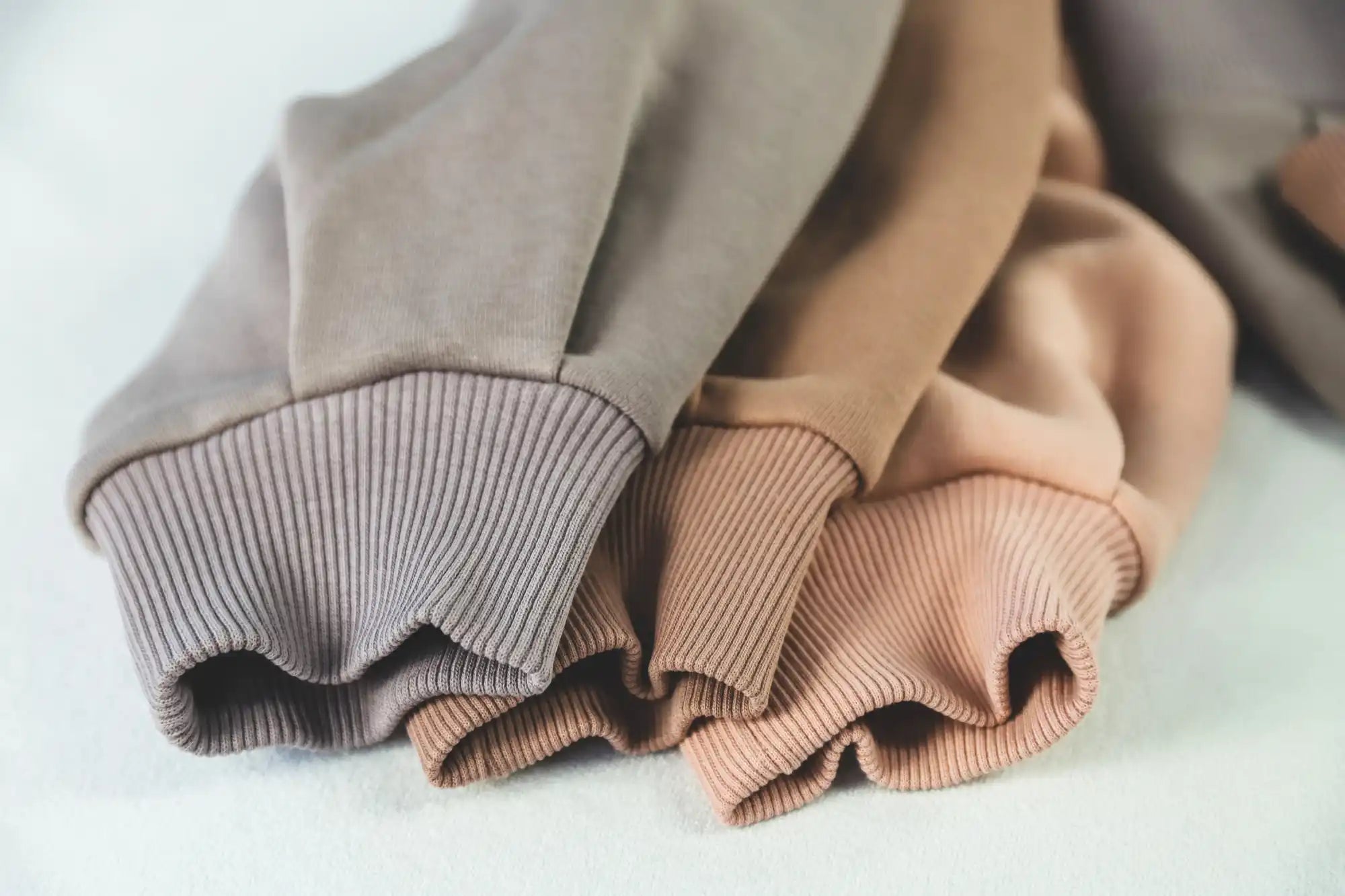
Materials & Fabrics for Clothing Production
Explore cotton, French terry, jersey, fleece, and sustainable blends used in premium apparel manufacturing.
LEARN MORE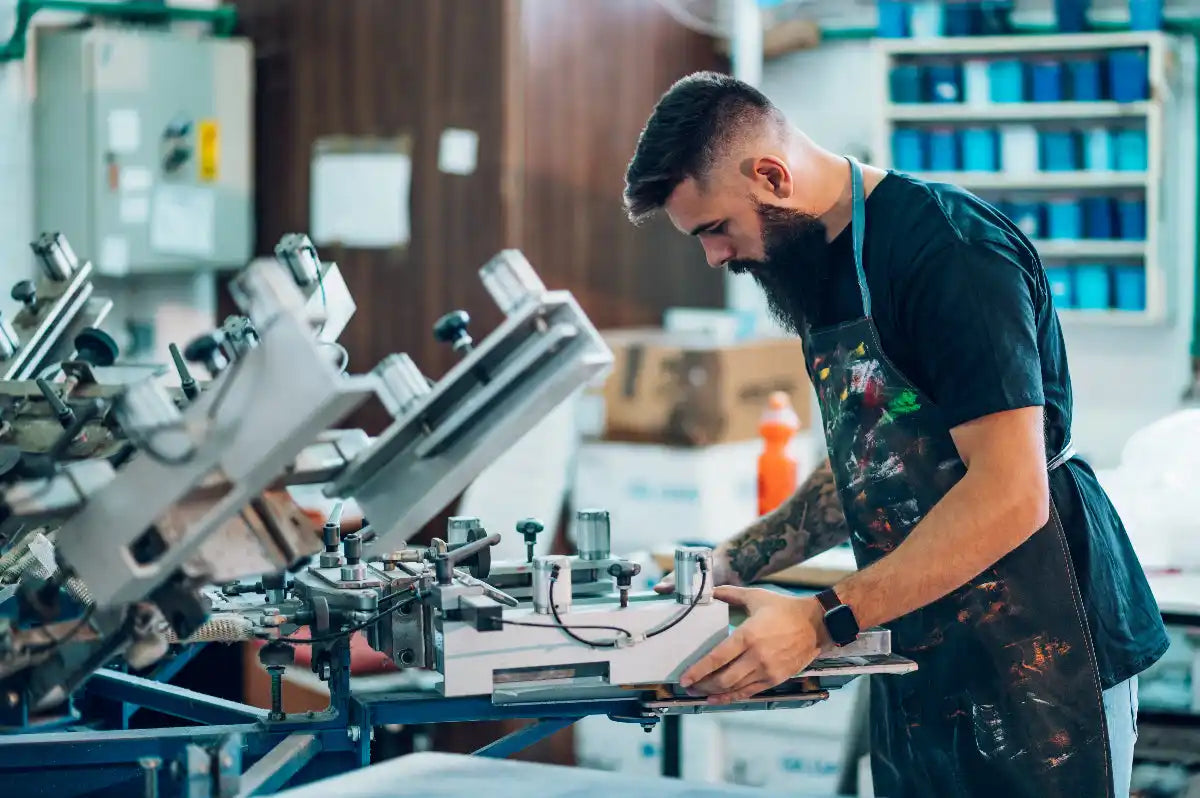
Printing Techniques for Apparel Production
Screen printing, embroidery, puff prints, and digital methods for custom clothing manufacturing.
LEARN MORE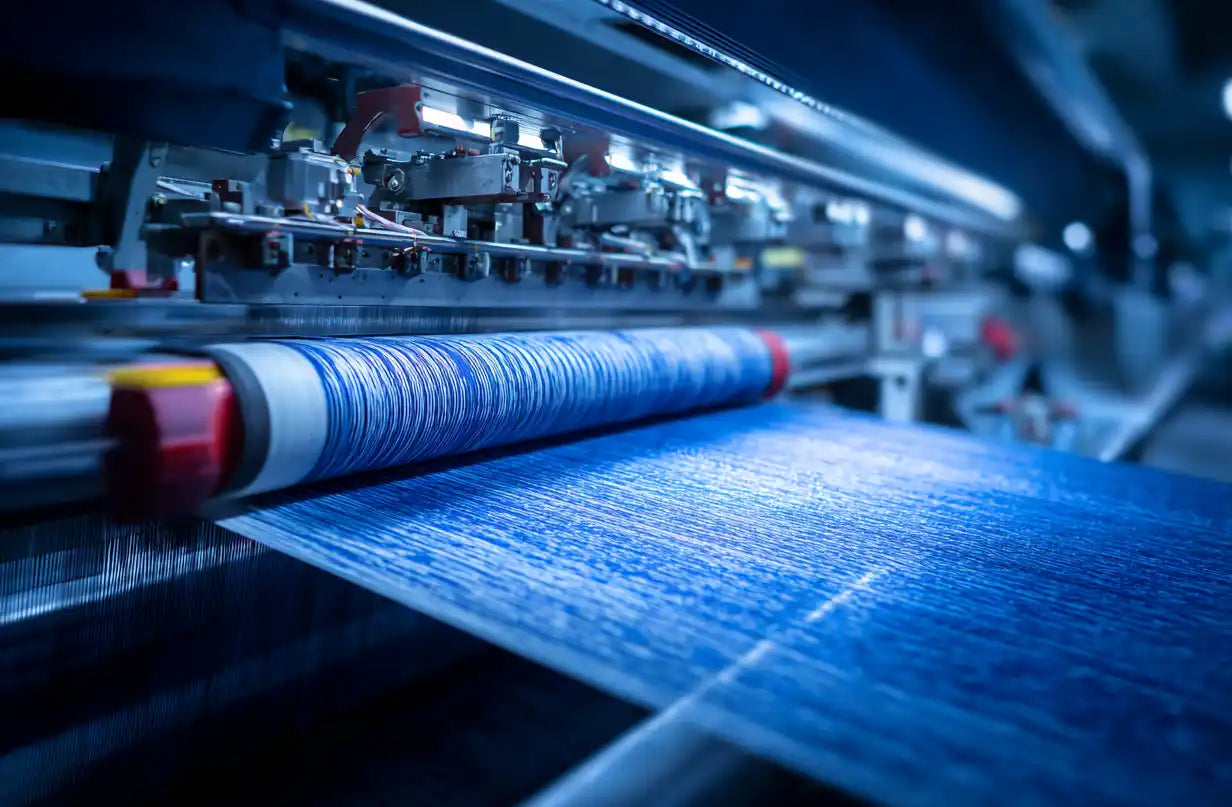
Dyeing Techniques in Clothing Manufacturing
Garment dye, pigment, acid wash, and stone wash finishes that create unique apparel designs.
LEARN MORE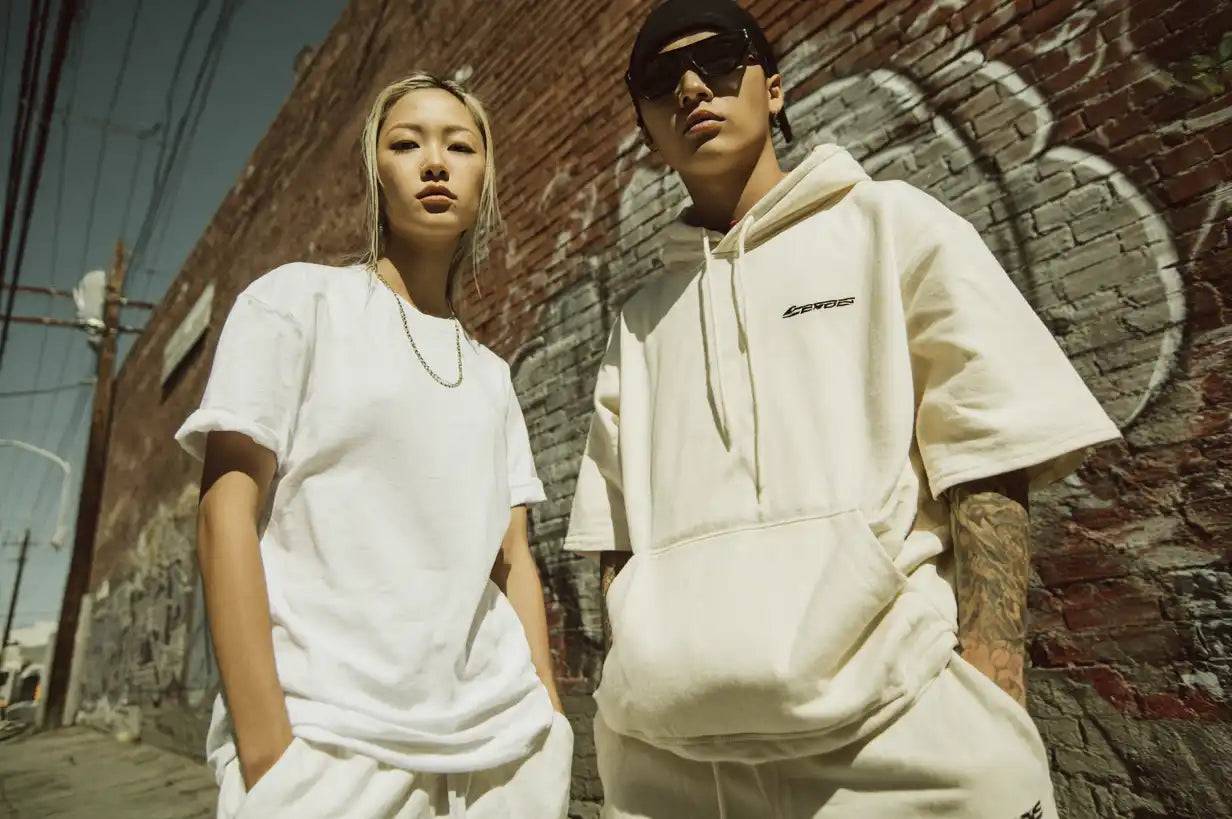
Popular Clothing Items for Custom Apparel
Hoodies, joggers, t-shirts, leggings, and biker shorts — essentials for every apparel collection.
LEARN MORE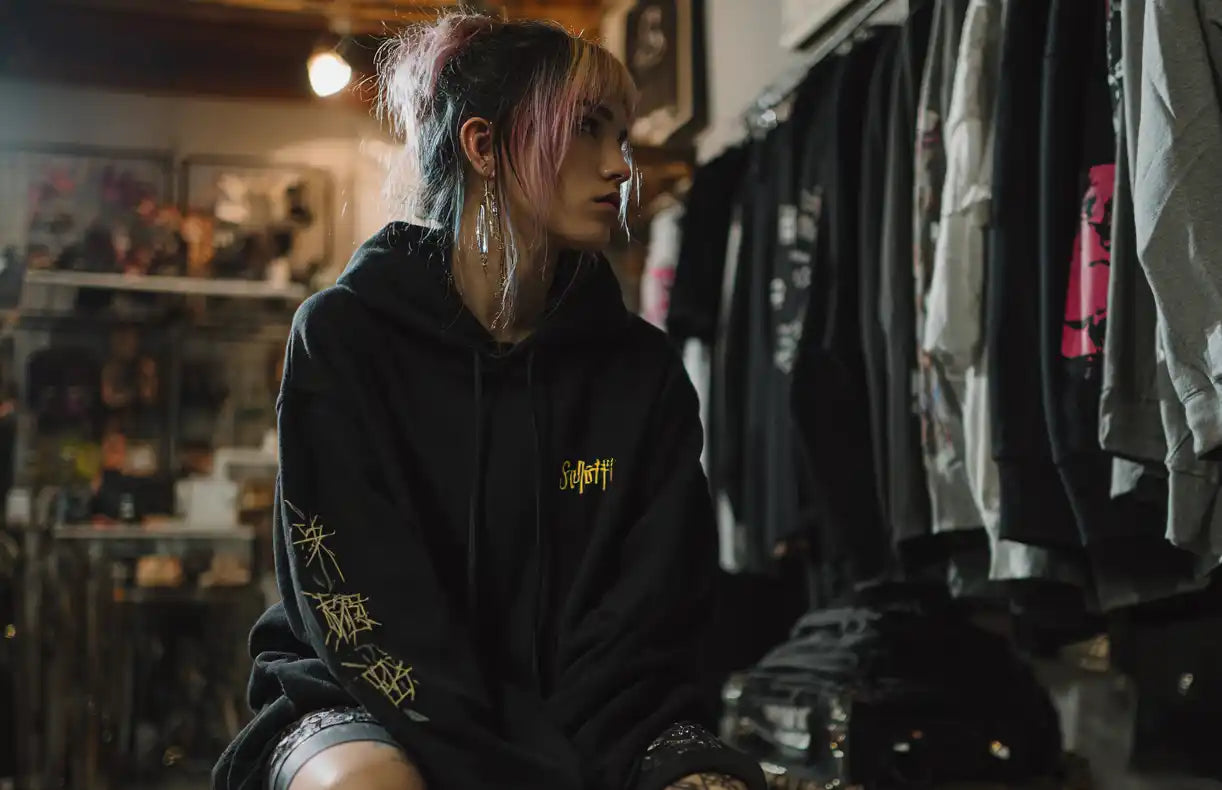
Trends & Designs in Modern Apparel
Oversized fits, streetwear influences, and activewear styles driving custom clothing production.
LEARN MORE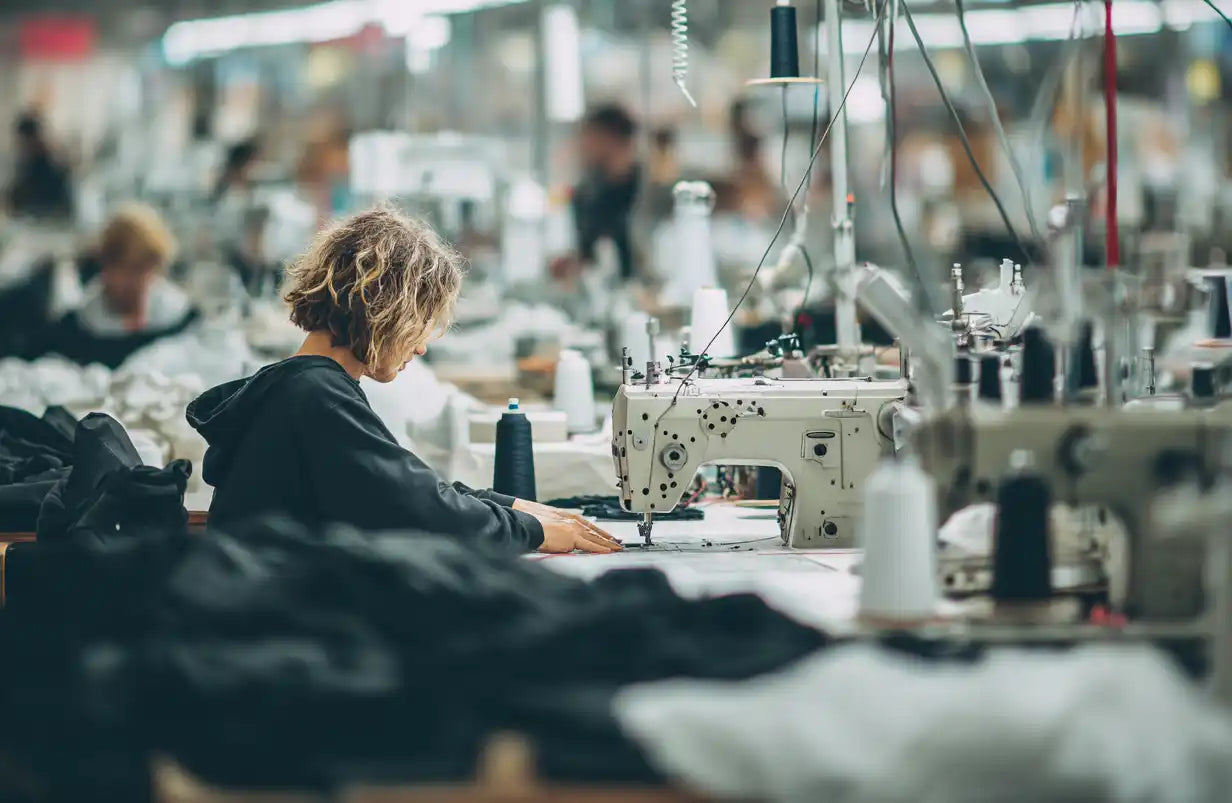
Sustainable & Ethical Clothing Production
OEKO-TEX® certified fabrics, organic cotton, and ethical apparel manufacturing in Portugal.
LEARN MORE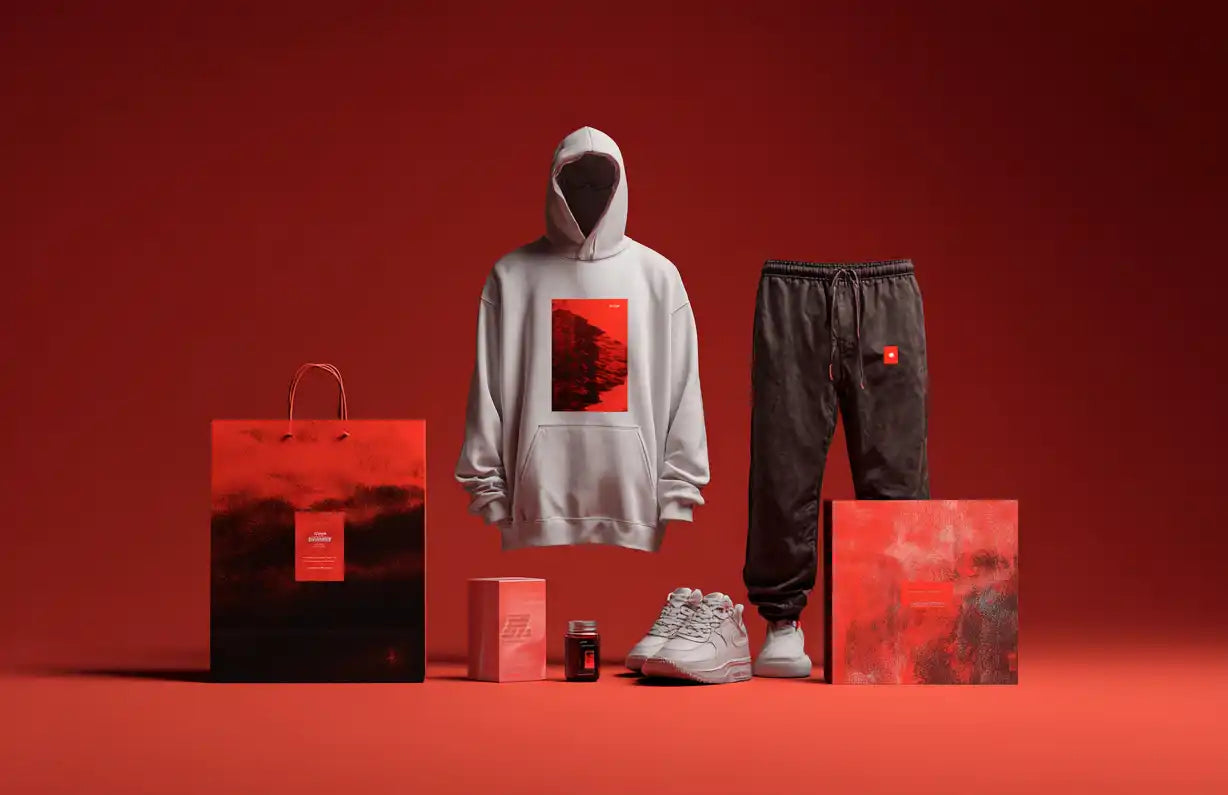
Essentials for Custom Clothing Production
Custom labels, packaging, and trims that elevate your apparel brand in production.
LEARN MORE
Resources for Custom Clothing Production
Startup guides, logistics support, and scaling strategies for apparel brands and wholesale clients.
LEARN MORE
Clothing Manufacturing Glossary
Explore a complete glossary of clothing and garment manufacturing terms
LEARN MORE
The Latest Clothing Industry Updates in 2025
Discover the latest news about important topics in the clothing industry in 2025,
LEARN MORE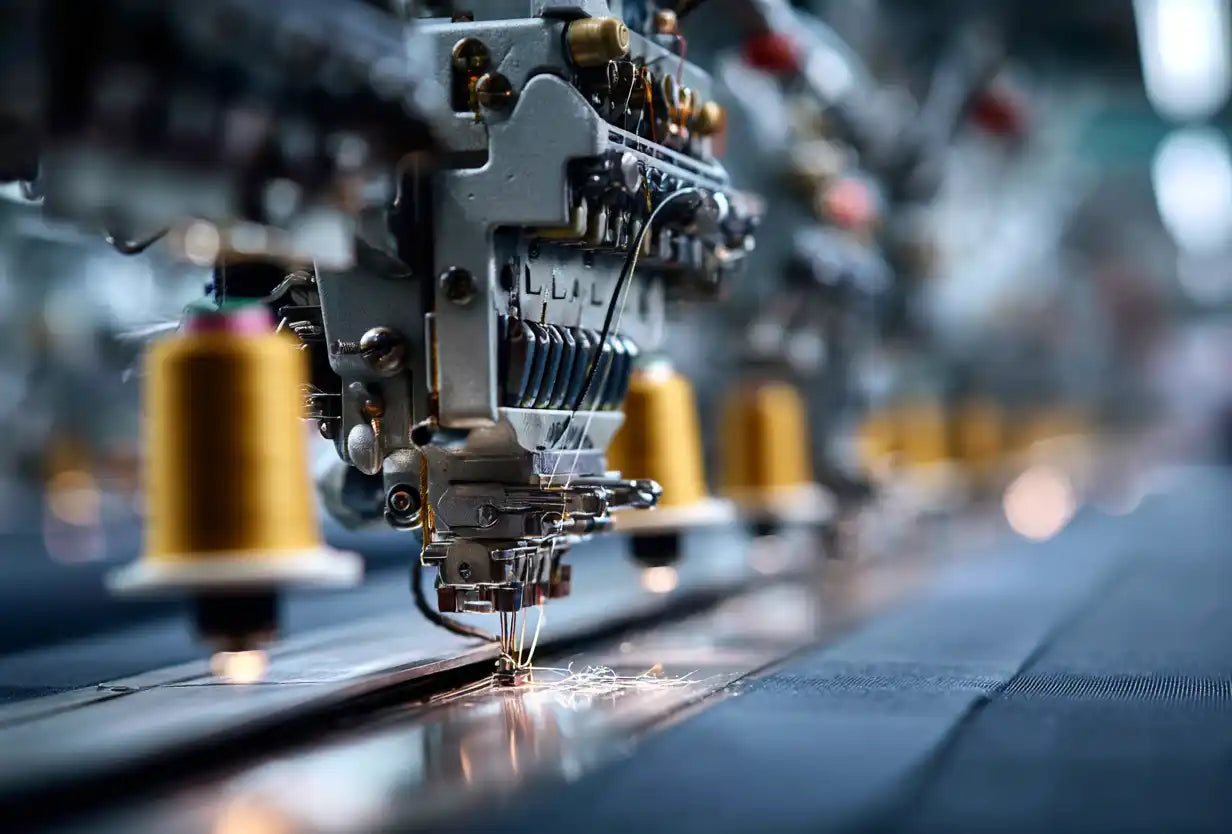
Worldwide Best Manufacturers of Clothes in 2025
Top clothing manufacturers worldwide organized by product type
LEARN MORE
